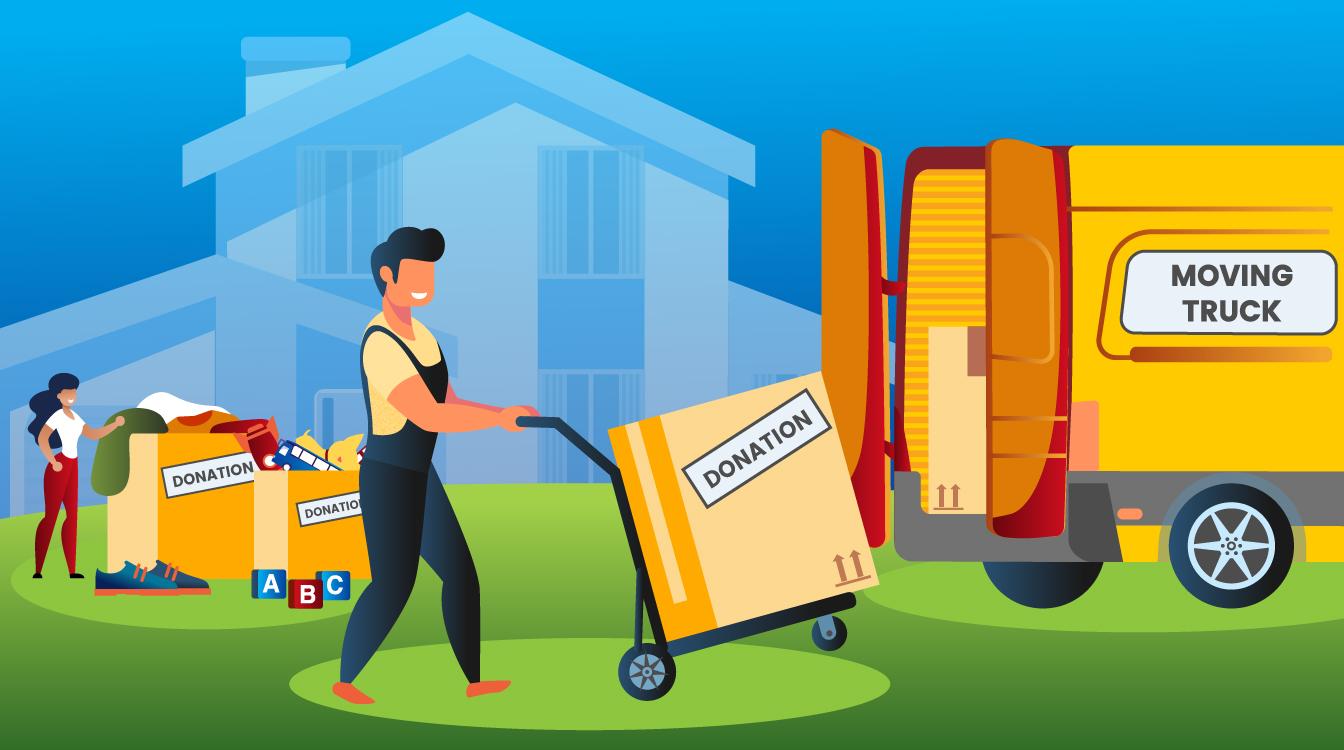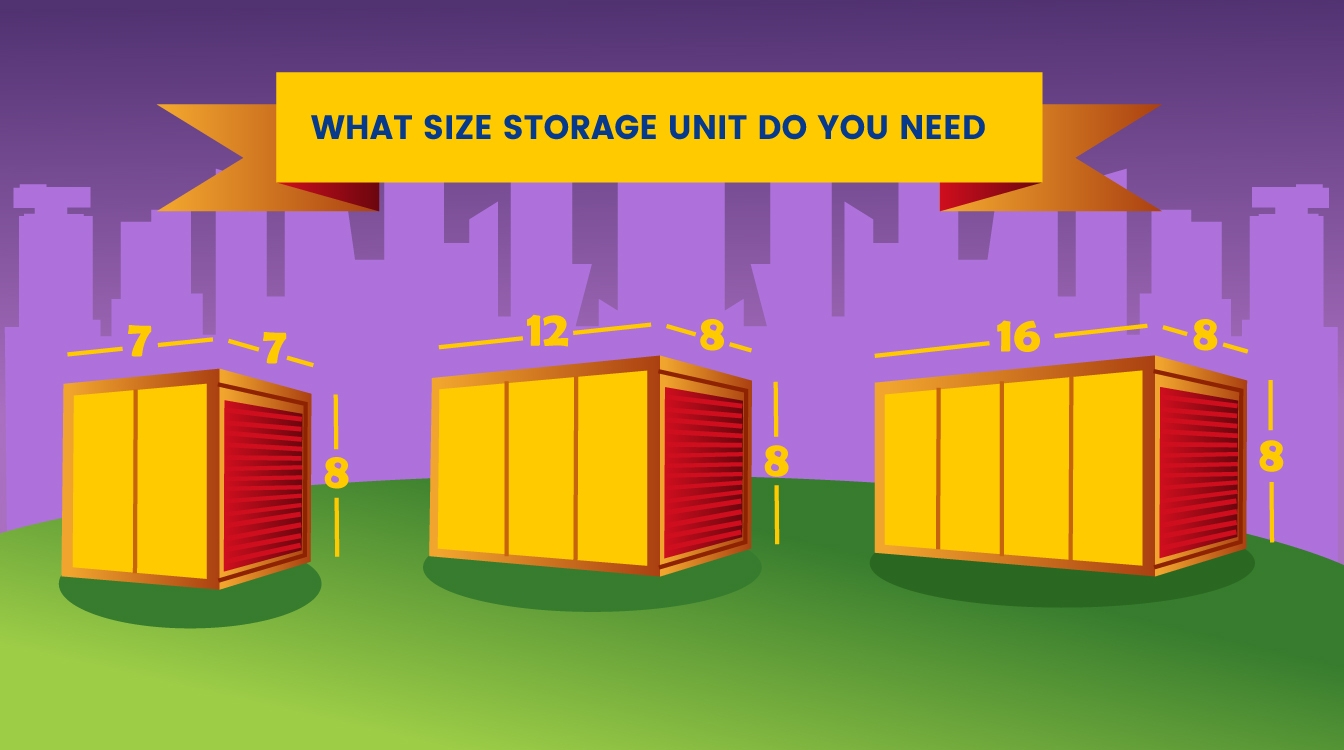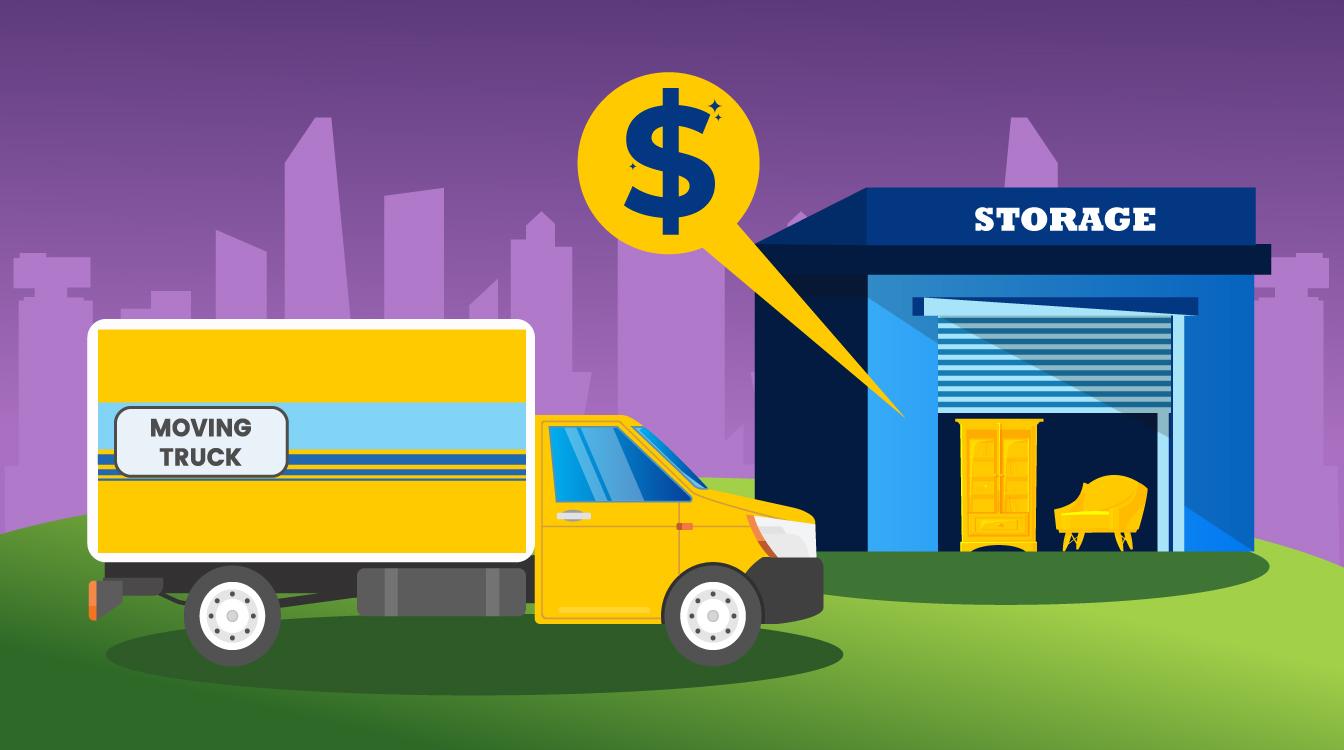11 Ways to Make Storage Cheaper
Wasting hundreds (or thousands) of dollars storing things you don’t want, use or need makes no sense.
Former Utah Senator Jason Chaffetz summed up thriftiness nicely when he said –
“A dash of frugality is a good thing for everyone.”
Politics aside, it’s a statement we can all agree on.
Sadly though, wasting money on unneeded storage is all too common.
Sure, sometimes it’s unavoidable.
But even if that’s the case there are ways to make it cheaper, and in some instances, totally unnecessary.
Interested in keeping more of your hard-earned dollars?
Then read on.
1. Consider Your Motivations
We get it.
Figuring out what to do with the rarely-used items spread throughout your home can be overwhelming.
After all, they may have monetary or sentimental value, even if they’re just collecting dust.
So before doing anything drastic, take time to reflect on your motives.
First, make a list of the items you’re considering storing.
Then:
- Jot down a few notes for each, like when you last used it, the likelihood of ever needing it again, and why you’ve held onto it for so long
- Ask yourself if it’s worth keeping, or if you could live without it altogether
- Compare its value to the cost of storage
You may be surprised, but a few hours with a notepad, a pen, and a mug of green tea may help channel your inner minimalist.
And it may save you big bucks down the road too.
2. Evaluate Storage vs Replacement Costs
Nobody famous ever said:
“Short-term storage has a funny way of morphing into long-term storage.”
But they should have… because it’s true.
Spending $75 a month for a small storage unit is easy to justify.
On the other hand, realizing 18 months later that you’ve spent $1,350 storing stuff you should’ve discarded or donated can be a real eye opener.
When considering your options, it’s wise to plan for the worst case scenario.
In many instances, long-term storage costs exceed the value of the items stored.
Translation: A huge waste of time and money.
3. Donate and Downsize
Imagine making your own life easier while helping those less fortunate.
It’s a no-brainer.
And the good news is –
The easiest way to reduce storage costs is to get rid of as many items as possible.
Though some things should be disposed of, charity organizations and thrift shops are always looking for gently used clothes, toys and household items – and they may even pick them up for free.
By donating and downsizing you’ll:
- Reduce (or eliminate) storage costs
- Create more living space for you and your family
- Sleep well knowing you’ve helped support those in need
Bam!
Talk about a win-win situation.
4. Rent the Right Size Storage Unit
Determining how much storage space you need can be tricky even for seasoned veterans.
That being said, renting a 10 x 20 storage unit when a less expensive 10 x 10 would’ve done the trick is a needless expense.
Thankfully, we hate needless expenses too, which is why we’ve taken much of the guesswork out of the age old question – What size storage unit do I need?
5. Compare Cost of Living vs Storage Space
It’s tempting to consider upgrading from a 1 to a 2-bedroom apartment and using the extra space for storage.
While it would be convenient to have your items close by, you’d likely pay significantly more in the long run.
In other words:
A $50 storage unit trumps a $300 per month rent hike any day.
Think of all the things you could do with that extra $250.
Also consider using your own attic, basement or spare bedroom, or those of family and friends you’re on good terms with.
If you go the latter route, make sure you give them a definite time frame (like 3 months tops)… and stick to it.
6. Get Multiple Quotes
Fierce competition in the self-storage market has driven down prices across much of the country.
For do-it-yourselfers, storage quotes can be gathered:
- Over the phone
- Online
- In-personUse a company like SpareFoot that’ll provide you with multiple instant quotes from self-storage vendors in your area.Yeah, it’s a big deal.
Before getting started, you may want to familiarize yourself with the average price of storage units nationwide.
7. Look (and ask) for Discounts
You know those huge racks of magazines, pamphlets and brochures at the entrance of supermarkets, convenience stores, and car washes?
They’re full of coupons for everything from realtors and home cleaning services, to movers and self-storage facilities.
Also, check for promotions on the websites of the company’s you’re considering, and tell them if you’re a:
- Veteran or active service member
- Senior citizen
- Student
- Teacher
- Police officer
Groupon and similar websites are great resources too.
8. Rent a Unit Outside the City
Especially if you reside in an urban area with a high cost of living, you may find that storage unit prices are way more than you were expecting.
However, units just outside city limits (even as little as 20 minutes away) may be significantly less expensive.
If you won’t need regular access to your items, it may be a small price to pay for a great deal.
9. Kick Retail Therapy to the Curb (Where it Belongs)
In an episode of Seinfeld, Kramer once said:
“I really like depriving myself of things. It’s fun.”
For many of us, buying things like clothes, shoes, and floor lamps raises our spirits.
But it’s usually a temporary high, and in the long run retail therapy almost always has more cons than pros.
Spending money we don’t have on things we don’t need can cause regret, clutter, and untold financial woes, so addressing problematic buying habits is another key component of making storage cheaper.
10. Store Your Items at a Full-Service Mover’s Warehouse
It’s easy to overlook the costs associated with getting items into and out of storage when making a budget, but in many instances they’re more expensive than storage itself.
It’s a little-known fact, but:
Many moving companies offer free storage to entice prospective customers into using their services.
It’s more common on local moves during non-peak months, but it just may offset the cost enough to make hiring a full-service moving company an attractive alternative to self-storage.
11. Consider Other Options
There’s no doubt about it.
Portable storage containers offer more options and flexibility than traditional self-storage facilities.
Unlike their traditional storage counterparts, they bring the storage unit to you.
After you’ve loaded it, you can choose to keep it on your property or have the company take it to their facility.
Storage containers also eliminate double handling, which often causes otherwise avoidable damage.
Wrap-Up
With a little thought, planning and execution, saving big bucks on storage is definitely doable.
Better yet, you may come to the conclusion that it’s totally unnecessary.
If you’re still not sure which option is best for you, have a look at our guide on the cheapest storage options!
Not what you were looking for?
Check out other categories that can help you find the information you need!





